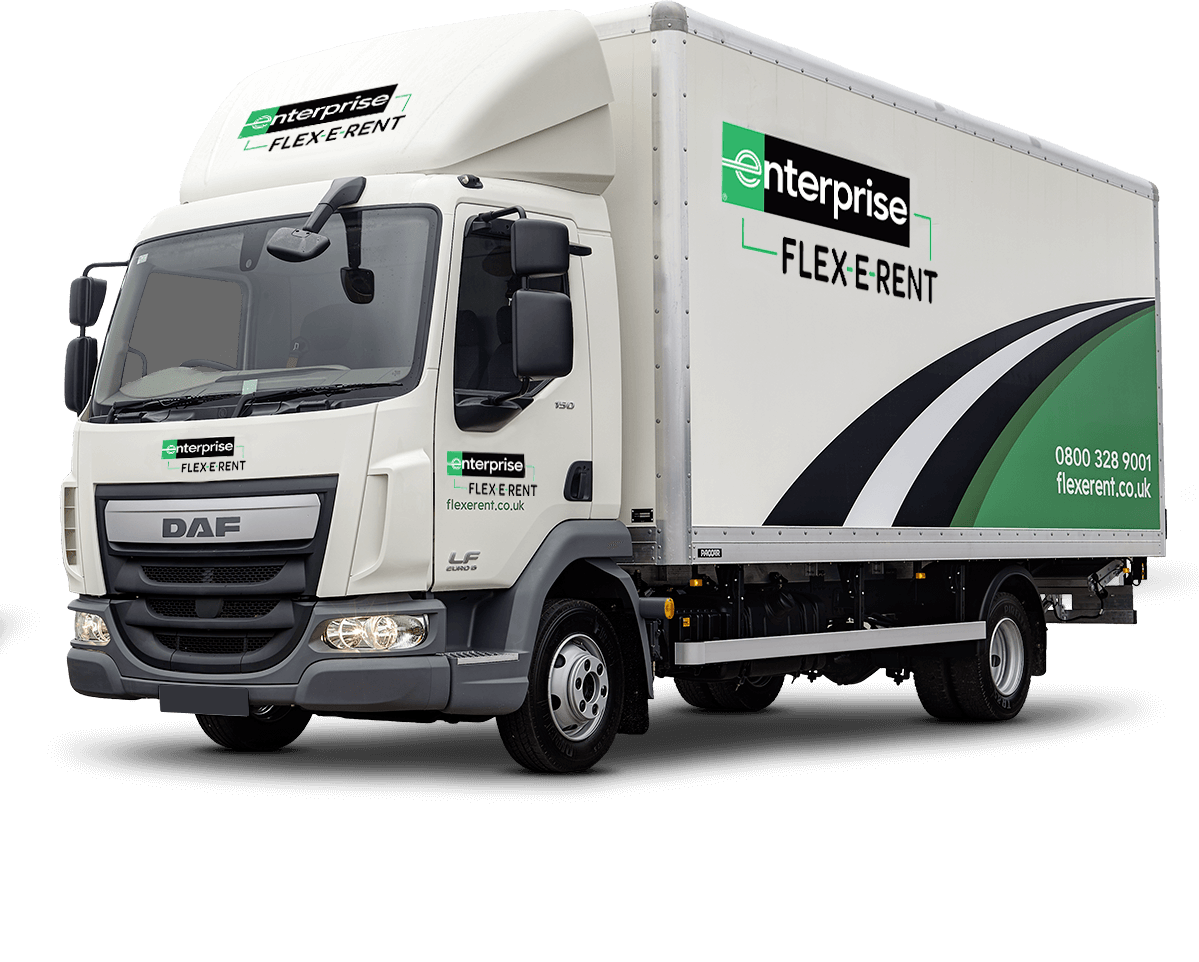Increasing van fleet utilisation is a big priority for a transport manager. B Eye Network estimates that for a fleet of 600 long-haul trucks, a 1% improvement in utilisation equals over $1 million in additional revenue. You may manage a smaller fleet, but in a fleet of 25 trucks, that’s still over $40,000 (or £30,854 at today’s exchange rate).
Quite simply: the more you get out of your current fleet, the greater your productivity and profit and the more you can stay ahead of your competition.
A wide range of factors can make this a difficult balance for fleet operators, including customer requirements and access restrictions. However, there are always ways to improve your fleet vehicle utilisation. We regularly advise our clients on this and so we have set out below the process you should follow to get the most out of your van fleet.
-
Set your key van fleet metrics
It is imperative that you start with data first if you want any chance of improving. You can’t improve what you can’t measure, after all.
The key metrics you should consider measuring are:
Miles travelled: In short, the lower the miles travelled per vehicle, the likelier it is that you are optimising fuel consumption and reducing the number of trips.
Fuel consumption: Whilst miles travelled will give you an at-a-glance view of your fleet utilisation, fuel consumption should still be measured.
After-hours utilisation: After-hours deliveries can reduce congestion issues, thereby reducing your fuel consumption. So, providing environmental restrictions are not in place, it is best to look at whether you can balance customer needs with the benefit of delivering after hours.
Time utilisation: On average, only 23.1% of a vehicle’s time is actually spent on the road. The rest is spent as follows: pre-loaded, awaiting departure (20.9%); idle (empty and stationary) (20.6%); loading and unloading (15%); delayed (loaded and inactive) (12.4%); maintenance and repair (6.9%) and daily rest (1.2%).
Empty running / vehicle fill: According to a report by Heriot-Watt University, 22% of journey legs are empty and average weight utilisation is 56%. However, maximising this metric needs to be balanced against time loading and unloading.
Analyse your job history: Once you’ve established your key metrics, take a good, long look at your job history to spot areas for improvement. Are some jobs taking longer than others? A transport manager should ensure that they analyse performance by driver, route and contract to establish patterns.
Select the right vehicle size
The Department of Transport’s Benchmarking Guide: Key Performance Indicators for Non-Food Retail Distribution identified a number of factors that limited vehicle utilisation, one of these being purchasing standard vehicle sizes.
It can be hard for smaller fleets to meet ever-changing customer demands and sometimes there is a temptation to opt for a one-size fits all approach to their fleet needs. However, effective fleet operations call for a number of different-sized vehicles, modified to your fleet’s requirements, in order to prevent under-utilisation of vehicle deck or volume, or worse, extra vehicles being operated when less would do.
Make every journey count
You can reduce empty and under-utilised space on journey legs by timing deliveries to coincide with return collections and by planning around load shapes, volume and height to load the vehicle in the most effective manner.
However, be aware that the van fleet utilisation improvements will be minimised if your return items need to be removed each time a delivery is made. It is therefore important that any such activities are carefully planned and that your vehicle has compartments set up in the right manner. Time taken to plan loading the vehicle in the most optimised manner also needs to be carefully balanced with the time lost by drivers. However, the latest fleet management software can make the planning process much quicker and easier.
Can you share the load?
Co-loading is the equivalent of ride-sharing in freight transportation. Various companies share the costs by placing their shipments on the same transportation vehicles. You can do this in a DIY manner, by identifying potential partners this could work with, or you can go through a 3PL who has economies of scale.
This isn’t possible with every type of shipment, however, and it has to be balanced against delays in deliveries.
Address your last-minute re-routing challenges
If your supply chain is subject to hourly customer-centric changes, then you need to be able to optimise route planning in the best manner. You may also need to make last-minute changes due to traffic issues caused by accidents and adverse weather.
This can be done on a manual basis, but it can be time consuming. Many fleet owners use the latest fleet management software with real-time routing so they can plan the most productive routes and have up-to-the-minute visibility into their operations, reacting to any changes as they happen.
As you can see, there are a number of ways that a transport manager can improve vehicle utilisation. Many of these processes involve careful planning and so you need to factor in the time v utilisation benefit ratio, although this is less of a balancing act when you have the latest telematics software. Another key component of effective vehicle utilisation is ensuring that you rightsize your fleet to fit your requirements.
We offer flexible vehicle hire with the latest telematics software as an optional extra at little extra cost. If you want to find out more about how to effectively rightsize your fleet then we have put together a guide: Rightsizing your van fleet: How to improve costs, safety and efficiency.




